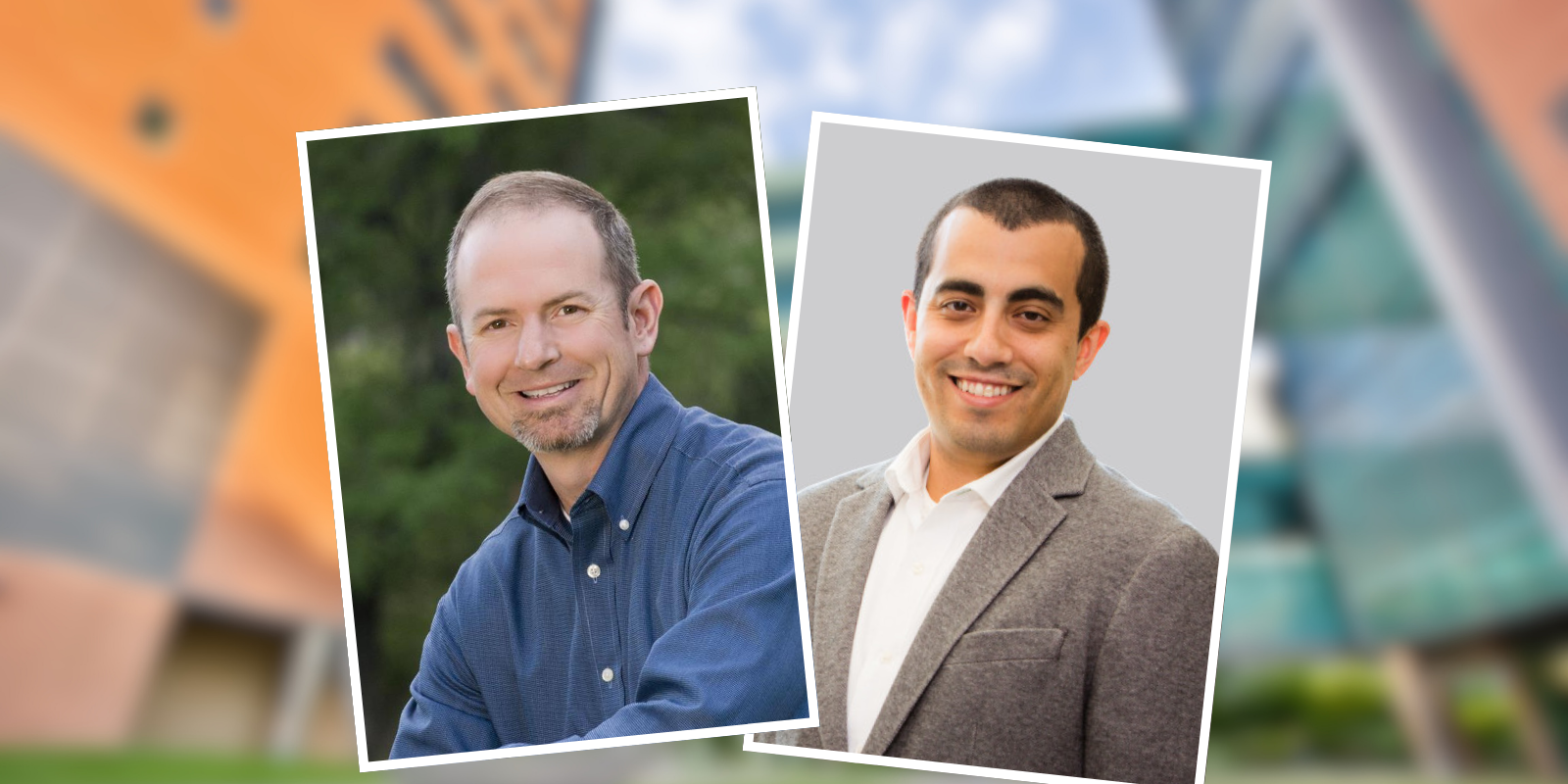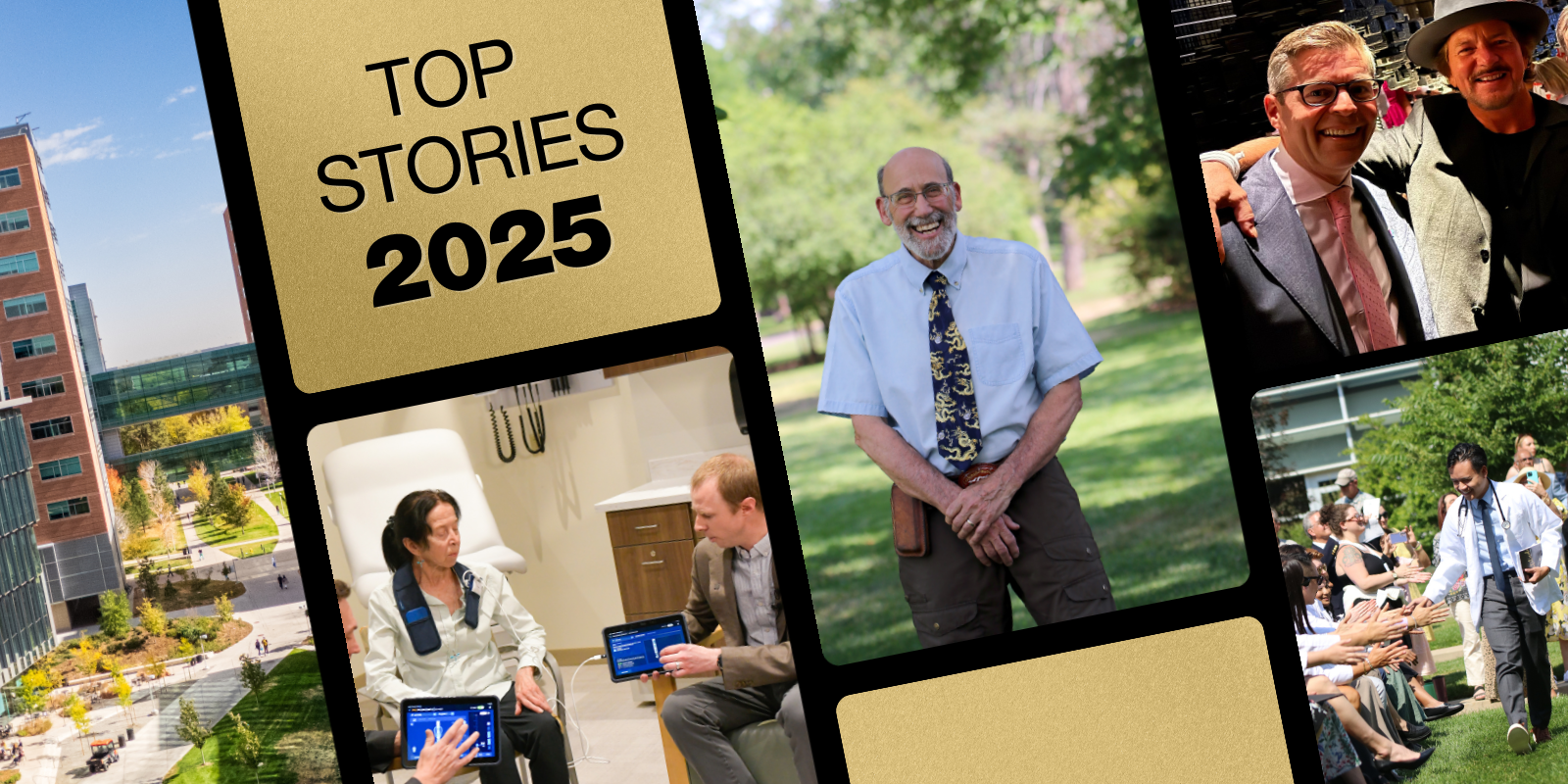A team of researchers at the University of Colorado School of Medicine have reported an improved way to identify and distinguish cardiac fibroblasts in failing and nonfailing human hearts, an achievement that may improve treatments for people with heart failure.
The breakthrough is described in an article published Tuesday in the journal Circulation.
The laboratories of Timothy A. McKinsey, PhD, professor of medicine, and Gregory P. Way, PhD, assistant professor of biomedical informatics, used a method known as “cell painting” to paint six different organelles, such as nuclei, mitochondria, and endoplasmic reticulum, in cardiac fibroblasts. They then trained a machine learning model on these data to predict which cells came from failing hearts.
“Therapies that block or reverse activation of cardiac fibroblasts currently do not exist,” McKinsey says. “Based on our study, the way we screen for potential therapies can now look at a bigger picture than what we’ve been using. Until now, screening methods have depended on a more narrowly focused approach.”
“What’s exciting is that cardiac fibrosis works remarkably well with cell painting,” Way says. “While we can clearly see distinct differences, our image analysis pipeline extracts thousands of features from tens of thousands of individual cells, and our machine learning approach picks up on even more morphological signatures that are invisible to the human eye.”
Revealing new therapeutic targets
Cardiac fibroblasts are a cell that produces connective tissue, and they play a critical role in maintaining normal cardiac function. However, abnormal activation of cardiac fibroblasts can lead to pathological fibrosis, a condition associated with most cardiovascular diseases.
McKinsey is Director of the CU School of Medicine’s Consortium for Fibrosis Research & Translation, an initiative that recruits outstanding investigators conducting research on fibrotic diseases across various organ systems and promotes collaborations among faculty with the goal of translating fundamental mechanistic discoveries into transformative therapies for fibrotic diseases. Way leads a computational research group focused on developing methods and software for analyzing microscopy images of cells. McKinsey and Way are corresponding authors of the article in Circulation.
The cell painting and machine learning assay created by the Way and McKinsey groups and their colleagues may also uncover novel mechanisms of cardiac fibroblast activation, which in turn could reveal new therapeutic targets. The new protocol also could be employed as a diagnostic to stratify patients with different forms of heart failure to enable precision therapy.
The research was supported with grants from the American Heart Association and the National Heart, Lung and Blood Institute.
McKinsey and Way’s co-authors on the article are Joshua G. Travers, PhD; Jenna Tomkinson, BS; Marcello Rubino, PhD; Marion Delaunay, PhD; and Michael R. Bristow, MD, PhD. They are all affiliated with the CU Anschutz Medical Campus.



